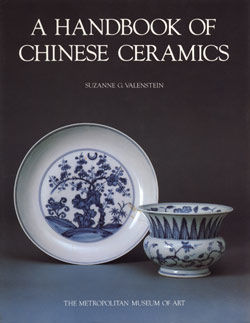Basin with lotus pond
Known as fahua (literally designs with borders), ceramics such as this one share a visual similarity with cloisonné enamel. A white clay paste (or slip) is used to create the outlines of motifs and then filled in with brightly colored enamels. Produced in both north (Shanxi) and south (Jingdezhen) China, fahua ware gained popularity in the late fifteenth to the sixteenth century, slightly later than cloisonné. This elegant work was designed as a small fish bowl or container for paper scrolls on a scholar’s desk.
Due to rights restrictions, this image cannot be enlarged, viewed at full screen, or downloaded.


